# fy2024
12 posts in `fy2024` tag
.jpg)
ITR Forms AY 2025-26: Your Easy Guide to Choosing the Right One
This guide makes it easier to choose the right Income Tax Return (ITR) form for Assessment Year (AY) 2025-26 (Financial Year 2024-25). It explains each ITR form (ITR-1 Sahaj, ITR-2, ITR-3, ITR-4 Sugam, ITR-5, ITR-6, ITR-7) by outlining who can use each one, who cannot, and the specific income sources or taxpayer categories they cover. The guide also notes important updates for AY 2025-26, including the inclusion of certain LTCG in ITR-1 and ITR-4, changes in VDA reporting, updated capital gains segregation, higher thresholds for asset and liability reporting, and required deduction disclosures. The purpose is to help individuals and entities choose the right form for accurate and compliant tax filing.
.jpg)
ITR-2 & ITR-3 Excel Utilities Are LIVE! Your Essential Guide to Filing for AY 2025-26
This blog post announces the release of ITR-2 and ITR-3 Excel utilities for AY 2025-26. It explains which taxpayers must use these forms and highlights important updates from the Finance Act, 2024. These updates include changes to capital gains segregation, share buyback rules, and higher asset reporting thresholds. The post describes the benefits of using Excel utilities and offers a clear, step-by-step guide for filing. It stresses key points like the e-verification deadline and the need for accuracy and good record-keeping to ensure smooth compliance.

Tax Audit Made Easy: Your Simple Guide to Section 44AB (FY 2024-25)
This blog simplifies the concept of Tax Audit under Section 44AB of the Income-tax Act, 1961 for regular taxpayers. It explains why tax audits are essential, clearly outlines the turnover/receipt limits for businesses (₹1 Crore/₹10 Crore) and professionals (₹75 Lakhs) for FY 2024-25, and details special cases involving presumptive taxation. The article highlights the crucial role of a Chartered Accountant, the forms used (3CA, 3CB, 3CD), and the general deadline of September 30, 2025. Finally, it elaborates on the significant penalties for non-compliance and offers practical advice for taxpayers to ensure a smooth audit process.
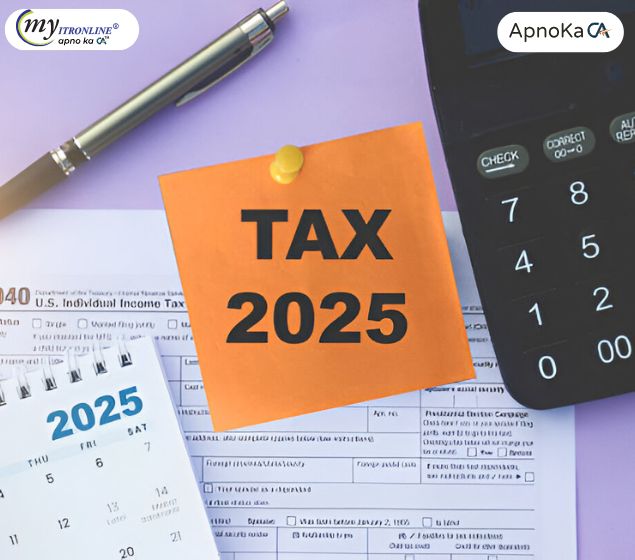
Easy Tax Rules for Small Businesses & Professionals (FY 2024-25)
This comprehensive blog post provides a detailed overview of the presumptive taxation schemes under Sections 44AD and 44ADA of the Income Tax Act, 1961, for the Financial Year 2024-25 (Assessment Year 2025-26). It explains the eligibility criteria, benefits, and important considerations (like the 5-year rule) for small businesses and professionals. Additionally, it clarifies the requirements for maintaining books of accounts under Section 44AA and the applicability of tax audits under Section 44AB, including the enhanced turnover limits. The blog aims to simplify complex tax provisions, helping taxpayers make informed decisions for better compliance and tax planning.
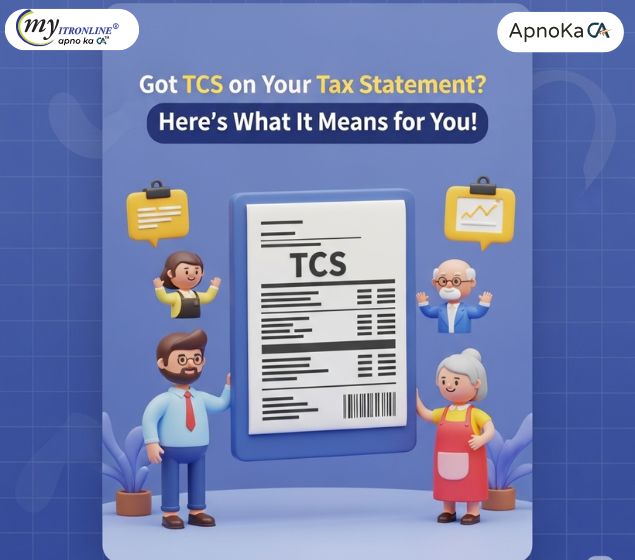
Got TCS on Your Tax Statement? Here's What It Means for You!
This blog demystifies Tax Collected at Source (TCS) for taxpayers, especially for Financial Year 2024-25 (Assessment Year 2025-26). It explains what TCS is, lists common transactions where it applies (like motor vehicle sales, overseas tour packages, and foreign remittances under LRS), and details how TCS affects one's tax liability. The post guides readers on how to reconcile TCS entries using their AIS/TIS and claim the correct credit when filing their Income Tax Return, helping them ensure accurate tax compliance and avoid discrepancies.
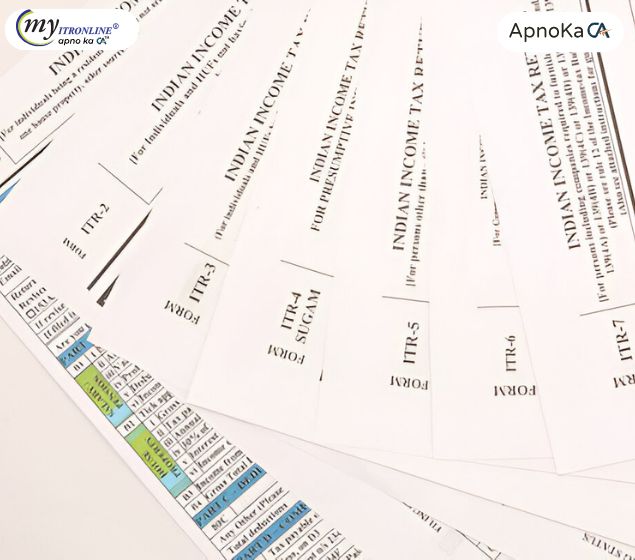
Understanding ITR Forms (ITR-1 to ITR-7) for AY 2025-26: Selecting the Appropriate Form for Your Earnings
This blog post serves as a comprehensive guide to selecting the correct Income Tax Return (ITR) form (ITR-1 to ITR-7) for Assessment Year 2025-26 (Financial Year 2024-25). It begins by emphasizing the importance of choosing the right form to avoid penalties and highlights the extended filing deadline for individuals and HUFs. The post then details important updates for AY 2025-26, including changes to LTCG reporting in ITR-1/4, compulsory detailed disclosures for old regime deductions, new TDS section requirements, revised asset reporting thresholds, and the default new tax regime. A simplified overview of applicability and exclusions for each ITR form (ITR-1 to ITR-7) is provided. Finally, it uses seven practical case studies to illustrate how different taxpayer profiles (salaried, freelancers, businesses, firms, companies, trusts) can correctly identify their applicable ITR form. The synopsis concludes by advising readers to consult official guidelines and tax professionals for accurate filing.
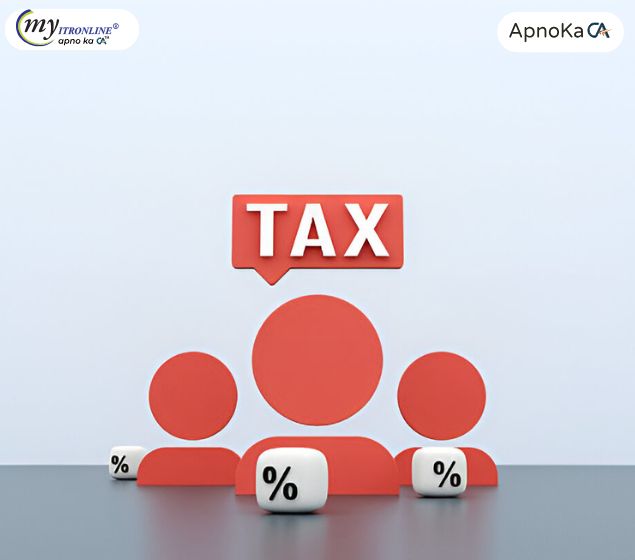
Disability Deductions (80DD & 80U) AY 2025-26: Your Certificate Acknowledgement Number is Now a Must-Have!
This blog post details a critical update for Indian taxpayers claiming deductions under Sections 80DD and 80U for disability for Assessment Year (AY) 2025-26. It highlights the new mandatory requirement to furnish the disability certificate's acknowledgement number in the Income Tax Return (ITR). The post explains the significance of this change for verification and compliance, provides a clear checklist for taxpayers, and outlines essential documentation beyond the acknowledgement number, ensuring a smoother tax filing process under the Old Tax Regime.
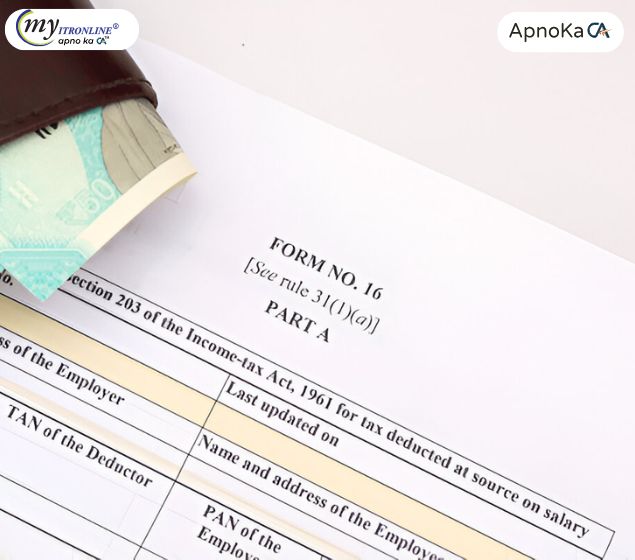
Significant Form 16 Updates for FY 2024-25: A Brief Overview!
This blog provides a concise overview of the significant updates to Form 16 for salaried employees in the Financial Year 2024-25. It highlights the increased standard deduction and improved NPS benefits under the new tax regime, along with the inclusion of other TDS/TCS information, guiding taxpayers on what to expect for their upcoming ITR filing.
.jpg)
Don't Miss Out! Maximize Section 87A & Claim Every Deduction in Your FY 2024-25 ITR
Maximize your savings and simplify your ITR filing for FY 2024-25! Discover how to effectively utilize the Section 87A rebate and navigate the complexities of deductions under both the old and new tax regimes. This essential guide empowers you to make informed choices, accurately claim every eligible deduction, and confidently file your ITR to prevent any unwelcome tax notices.
.jpg)
The New Tax Regime Advantage? Standard Deduction Changes for FY 2024-25 Explained
Grasping the concept of standard deduction is essential for every salaried person in India. Following the recent updates in the Union Budget 2024, the framework for standard deduction has changed, particularly within the new tax framework. This comprehensive guide clarifies what standard deduction entails, the updated limits for both regimes, eligibility criteria, advantages, and practical illustrations.
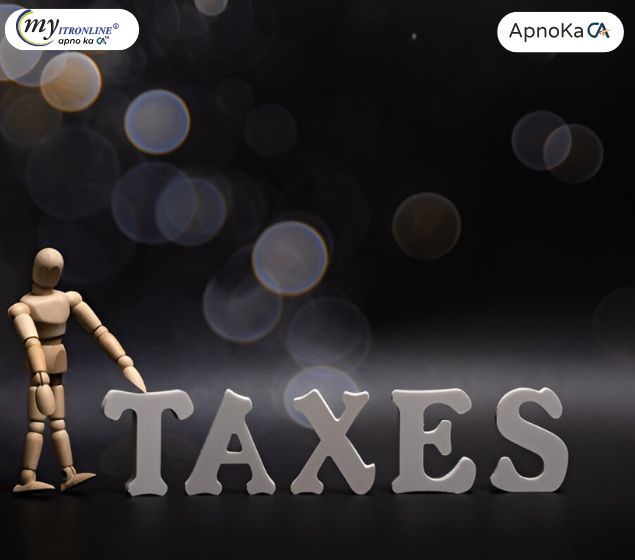
Understanding 44AA, 44AB, 44AD, 44ADA for the Upcoming AY 2025-26
This post offers an in-depth overview of key Income Tax Act sections (44AA, 44AB, 44AD, 44ADA) applicable for AY 2025-26 (FY 2024-25). It details the requirements for maintaining accounting records and mandatory tax audits based on income/turnover thresholds. It also explains the presumptive taxation schemes for eligible small businesses (44AD) and professionals (44ADA), including updated limits and the implications of opting for or out of these schemes. The guide aims to clarify compliance duties for taxpayers
.jpg)
CBDT Notifies ITR Form 2 Early for AY 2025-26 | Start Your Tax Prep!
The Central Board of Direct Taxes (CBDT) has notified ITR Form 2 for Assessment Year 2025-26 through Notification No. 43/2025 dated May 5, 2025. This early release benefits individuals and HUFs without business/professional income but potentially having capital gains, foreign assets, multiple house properties, or income over ₹50 lakh (₹50 lakh), allowing more time for preparation. The blog explains who should file ITR-2, highlights the significance of early notification for taxpayers and professionals, discusses potential areas of change (like capital gains reporting), and outlines actionable next steps for taxpayers to begin their FY 2024-25 tax filing preparations.
